The story of Earth’s prehistoric giants took a dramatic turn 66 million years ago when a catastrophic asteroid impact triggered mass extinction, wiping out non-avian dinosaurs and allowing mammals to diversify and thrive. But what if evolution had taken a different path? What if dinosaurs, facing environmental pressures, had adapted to aquatic environments instead of birds evolving as their only surviving lineage? This fascinating counterfactual scenario invites us to reimagine Earth’s evolutionary history and contemplate how differently our planet’s ecosystems might have developed if dinosaurs had followed whales and seals into the water rather than meeting their demise on land.
The Evolutionary Precedent for Aquatic Adaptation
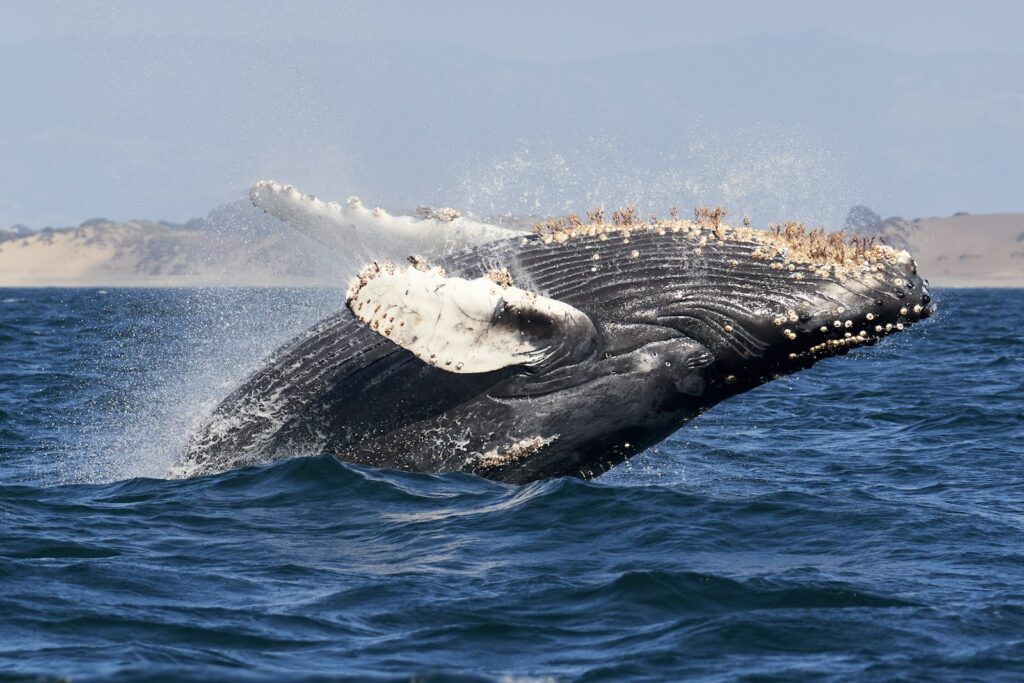
The transition from land to water has occurred repeatedly throughout evolutionary history. Mammals like whales and dolphins evolved from terrestrial ancestors, gradually developing streamlined bodies, blowholes, and specialized limbs for aquatic locomotion. Pinnipeds such as seals and sea lions represent another independent adaptation to marine environments. Among reptiles, we’ve seen multiple lineages make similar transitions – from ancient ichthyosaurs and plesiosaurs to modern sea turtles and marine iguanas. This recurring pattern demonstrates that the evolutionary pathway from land to water is not only possible but has been traversed successfully by diverse animal groups across different periods, suggesting dinosaurs could have potentially made this transition given the right environmental pressures and selective advantages.
Existing Aquatic and Semi-Aquatic Dinosaurs

While no fully aquatic dinosaurs have been discovered, paleontological evidence suggests some dinosaur species did venture into water. Spinosaurus, with its crocodile-like snout, dense bones, and potentially paddle-like tail, shows adaptations consistent with a semi-aquatic lifestyle – the first dinosaur known to swim. Baryonyx and Suchomimus also displayed fish-eating adaptations and likely waded in shallow waters to hunt. Some hadrosaurs (duck-billed dinosaurs) show evidence of being strong swimmers, with their wide, flat tails potentially serving as effective paddles. These examples indicate that certain dinosaur lineages had already begun developing adaptations that could have eventually led to fully aquatic lifestyles, had evolution continued along those trajectories rather than being interrupted by extinction events.
Potential Triggers for Aquatic Adaptation

Several environmental pressures might have driven dinosaurs toward aquatic lifestyles in our alternative evolutionary scenario. Climate change during the late Cretaceous, with rising sea levels flooding coastal habitats, could have created selection pressure favoring individuals better adapted to semi-aquatic environments. Competition for resources on increasingly crowded landmasses might have pushed some species to exploit underutilized aquatic food sources. Predator avoidance represents another powerful selective force – smaller dinosaur species might have found refuge from terrestrial predators by adapting to water environments where large carnivores couldn’t follow. Additionally, the rich food resources available in marine ecosystems, from plankton to fish, would have provided strong incentives for dinosaurs to develop adaptations for aquatic foraging, potentially triggering evolutionary cascades toward increasingly specialized aquatic forms.
Anatomical Transformations

The transition to aquatic environments would have required dramatic anatomical changes for dinosaurs. Their limbs would likely have evolved into flipper-like structures – former theropods might have developed streamlined forelimbs similar to penguins, while quadrupedal dinosaurs could have evolved seal-like or turtle-like limb adaptations. Respiratory systems would have undergone significant modifications, potentially developing specialized breathing mechanisms or even blowholes in fully marine species. Body shapes would have become more hydrodynamic, with reduced necks in some lineages and elongated, sinuous bodies in others. Skin and integumentary structures would have adapted accordingly – feathers might have been lost in favor of smooth skin in some groups, while others might have developed specialized waterproof feathers or scales. These transformations would have varied greatly across different dinosaur lineages, resulting in diverse morphological adaptations to various aquatic niches.
Theropods: The Dinosaurian Dolphins and Whales

Theropod dinosaurs, with their bipedal stance and often predatory lifestyle, would have undergone fascinating transformations in becoming aquatic. Their already efficient bodies might have evolved into dolphin-like forms, with powerful tails adapted for propulsion through water rather than balance during terrestrial locomotion. Small to medium-sized theropods like Velociraptor relatives could have developed into agile pursuit predators, perhaps with echolocation abilities similar to those of dolphins. Larger theropods might have followed evolutionary paths more akin to orcas or sperm whales, becoming apex predators in ancient oceans. Their keen senses and intelligence, already evident in many theropod lineages, might have further developed in response to the complex challenges of marine environments, potentially resulting in social structures and hunting strategies as sophisticated as those seen in modern marine mammals.
Sauropods: The Gentle Giants of Ancient Seas

The transition of sauropods – the long-necked giants of the dinosaur world – to aquatic environments presents a particularly intriguing scenario. Their massive size would have been well-suited to marine life, where buoyancy could have supported their enormous weight more effectively than on land. Aquatic sauropods might have evolved into filter feeders similar to baleen whales, using their long necks and specialized teeth to strain krill and other small marine organisms from the water. Their paddle-like limbs would have provided stability rather than primary propulsion, with their powerful tails evolving into the main locomotory organs. The resulting creatures might have resembled a curious blend of plesiosaur and whale, creating a truly unique marine megafauna unlike anything in our actual evolutionary history. These gentle marine giants could have dominated the world’s oceans, perhaps growing even larger than their terrestrial ancestors due to the supportive properties of water.
Ornithischians: The Diverse Adaptations
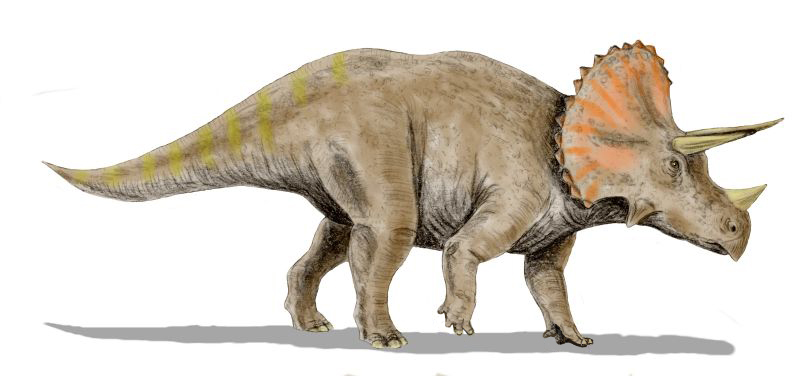
Ornithischian dinosaurs, including groups like ceratopsians (horned dinosaurs), ankylosaurs (armored dinosaurs), and ornithopods (including duck-bills), would have developed diverse aquatic adaptations reflecting their varied terrestrial forms. Duck-billed dinosaurs, already showing some semi-aquatic adaptations, might have evolved into something resembling hippopotamuses or manatees, becoming specialized aquatic herbivores in freshwater ecosystems. Armored dinosaurs like ankylosaurs might have developed turtle-like adaptations, with their already impressive armor becoming streamlined for aquatic life while still protecting them from predators. Ceratopsians with their distinctive frills and horns might have adapted these structures for specialized underwater feeding or display during aquatic mating rituals. The diversity of ornithischian dinosaurs would likely have translated into an equally diverse range of aquatic adaptations, filling numerous ecological niches in both freshwater and marine environments.
Ecological Impact and Niches

An evolutionary radiation of aquatic dinosaurs would have dramatically reshaped Earth’s marine ecosystems. These new marine reptiles would have competed with and potentially displaced other marine predators like sharks and bony fishes from certain ecological niches. Different dinosaur lineages would have specialized for various feeding strategies – from filter-feeding giants consuming plankton to agile pursuit predators chasing fish and squid, and from bottom-dwelling scavengers to specialized shellfish crushers. This diversification would have created complex food webs centered around dinosaurian marine fauna. Coastal ecosystems would have featured a range of semi-aquatic dinosaur species, while the open oceans might have been dominated by fully aquatic forms. The resulting ecosystems would have been remarkably different from those that evolved, with unique predator-prey relationships and energy flow patterns developing across marine biomes worldwide.
Co-evolution with Marine Life
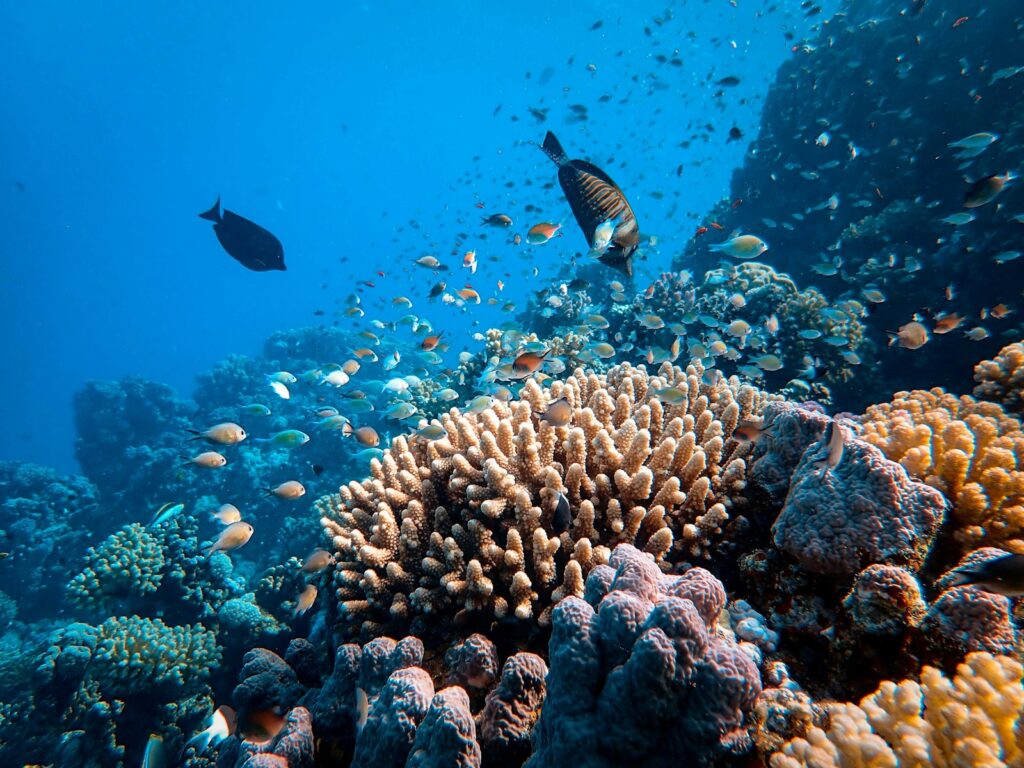
The introduction of dinosaurs into aquatic ecosystems would have triggered fascinating co-evolutionary relationships with existing marine organisms. Fish species would have evolved new defense mechanisms against dinosaurian predators, perhaps developing more advanced camouflage, toxins, or schooling behaviors. Invertebrates like cephalopods might have developed more sophisticated intelligence and defensive strategies in response to predation pressure from aquatic dinosaurs. Marine plants and algae would have adapted to herbivorous dinosaur feeding patterns, potentially evolving chemical defenses or growth patterns that could withstand or recover from dinosaur grazing. Coral reef ecosystems might have developed unique structures providing refuge for smaller marine life from dinosaur predators. These co-evolutionary dynamics would have resulted in marine ecosystems fundamentally different from those that evolved, with complex relationships developing between dinosaurian newcomers and the ancient lineages of marine life they encountered.
Competition with Marine Reptiles and Mammals

The emergence of aquatic dinosaurs would have placed them in direct competition with other marine tetrapods, including mosasaurs, plesiosaurs, and early marine mammals. This competitive pressure might have led to specialized niche partitioning, with different groups evolving to exploit distinct resources and habitats to minimize direct competition. Alternatively, dinosaurs might have outcompeted some of these groups entirely, potentially preventing the later radiation of cetaceans and pinnipeds by occupying their potential ecological niches millions of years in advance. The outcome of this competition would have depended on the relative advantages of dinosaurian physiology and adaptations compared to those of other marine tetrapods. The resulting marine ecosystem might have featured a mix of reptilian lineages sharing the seas through specialized adaptations, or it might have become dominated by dinosaurian forms that displaced other marine reptiles and prevented the rise of marine mammals as we know them.
Survival Through Mass Extinctions
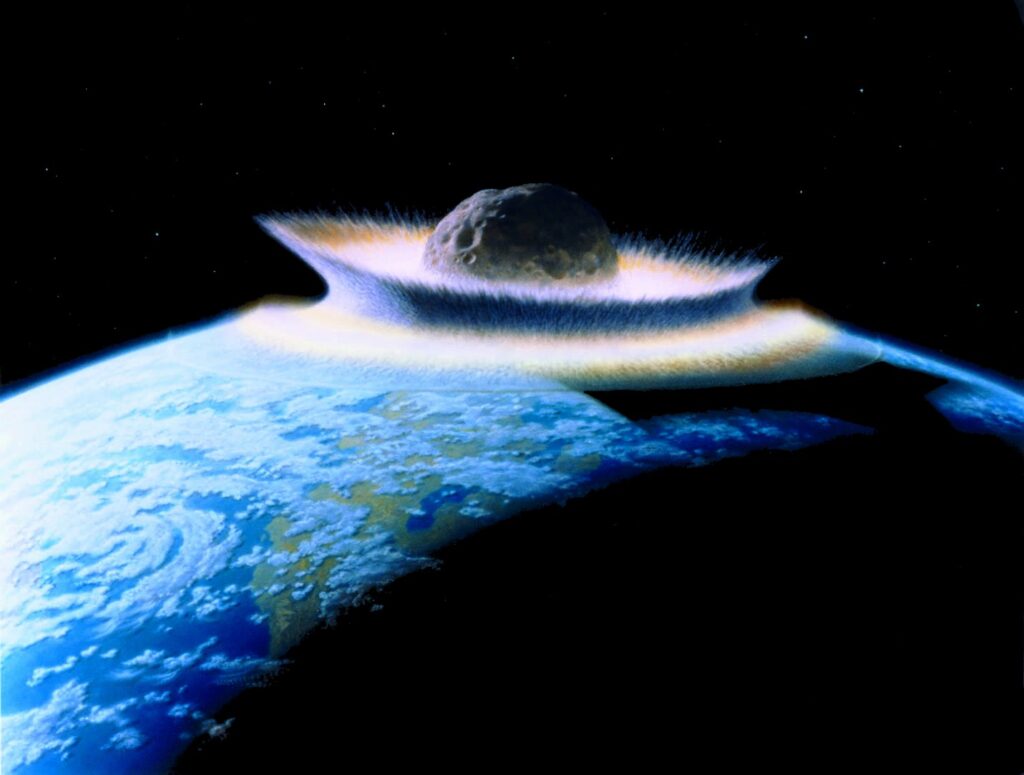
Aquatic adaptation might have helped dinosaurs survive the Cretaceous-Paleogene extinction event that eliminated their terrestrial relatives. Marine environments, particularly deep oceans, can buffer organisms from dramatic temperature fluctuations and provide food sources less directly dependent on sunlight than terrestrial ecosystems. The asteroid impact that ended the Mesozoic Era caused massive fires and atmospheric changes that would have been particularly devastating to land-dwelling creatures, while deeper marine habitats might have offered some protection. Species that could dive to greater depths or had metabolic adaptations allowing extended periods without surfacing might have weathered the initial impact effects more successfully. However, the subsequent collapse of marine food webs would still have posed extreme challenges, likely resulting in selective survival rather than complete immunity from extinction pressures, potentially allowing some dinosaurian lineages to persist and diversify in post-extinction oceans.
Alternative Human Evolution

The persistence of aquatic dinosaurs into the Cenozoic Era would have profoundly affected mammalian evolution, including the eventual emergence of humans. Mammals might have remained smaller and less diverse, continuing to occupy specialized ecological niches rather than experiencing the dramatic adaptive radiation that followed the dinosaur extinction in our timeline. Human evolution might have been delayed or followed a completely different path, possibly never occurring at all, if the ecological opportunities that drove primate evolution never materialized. If humans did evolve in this alternative world, they would have developed alongside aquatic dinosaur species, creating mythologies, art, and eventually scientific understanding centered around these creatures rather than the fossils and reconstructions that define our relationship with dinosaurs. Maritime cultures would have developed different fishing and sailing technologies to navigate seas populated by potentially dangerous dinosaurian marine life, fundamentally altering human relationships with oceans.
Modern Ecology with Aquatic Dinosaurs
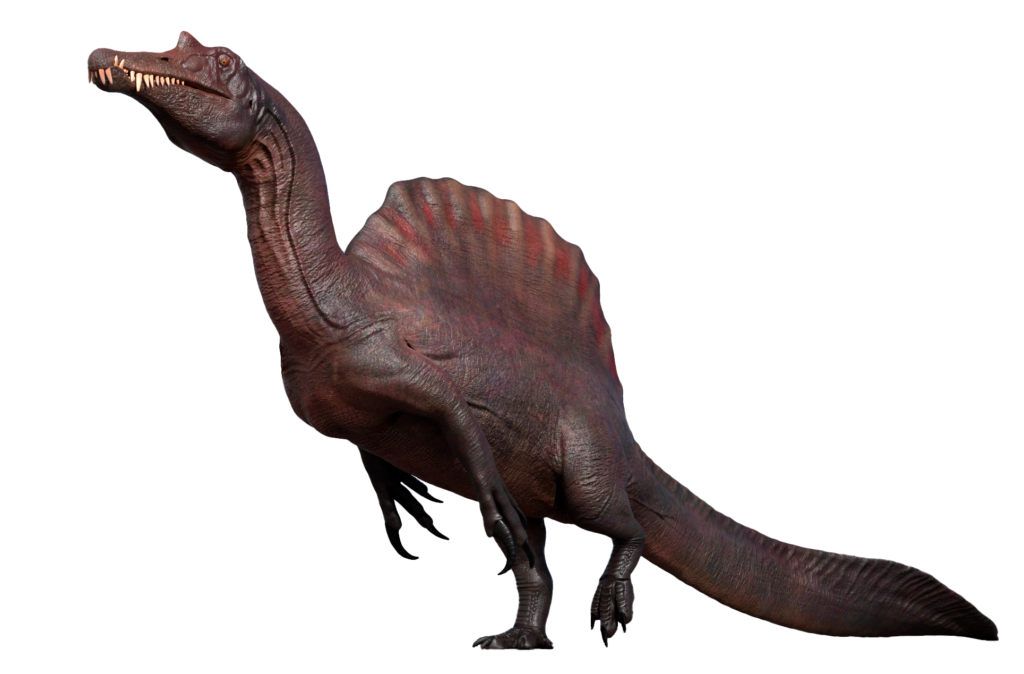
A modern world where aquatic dinosaurs had survived and thrived would feature dramatically different marine ecosystems than those we know today. Diverse dinosaurian species would likely dominate many marine niches currently occupied by mammals and large fish. Ocean conservation concerns would center around preserving ancient dinosaur lineages rather than focusing exclusively on mammals like whales and dolphins. Fishing industries would have developed around avoiding or managing interactions with marine dinosaurs. Tourism would include dinosaur watching expeditions rather than whale watching tours. Climate change and ocean acidification would threaten these ancient marine reptiles, potentially driving some specialized species toward extinction. The resulting oceanic biodiversity would represent a fascinating alternative evolutionary history, with dinosaurian adaptations shaped by millions of years of aquatic evolution creating marine ecosystems that would appear both familiar and alien to biologists from our timeline.
Scientific Understanding and Cultural Impact

In a world where dinosaurs became aquatic and survived to the present day, our scientific understanding and cultural relationship with these creatures would be fundamentally different. Paleontology would focus on terrestrial dinosaur fossils as evolutionary precursors to modern marine species, rather than studying dinosaurs as extinct organisms. Marine biology would be dominated by studies of living dinosaurian species, their behaviors, physiology, and ecological relationships. Popular culture would feature aquatic dinosaurs as living, observable creatures rather than as reconstructed prehistoric monsters. Children might keep small aquatic dinosaur species as pets, while documentary filmmakers would capture the behaviors of these creatures in their natural habitats. The evolutionary success of dinosaurs would be celebrated as an unbroken chain from the Mesozoic to the present, fundamentally altering humanity’s understanding of natural history and our place within Earth’s evolutionary narrative.
Exploring an Evolutionary Path Not Taken
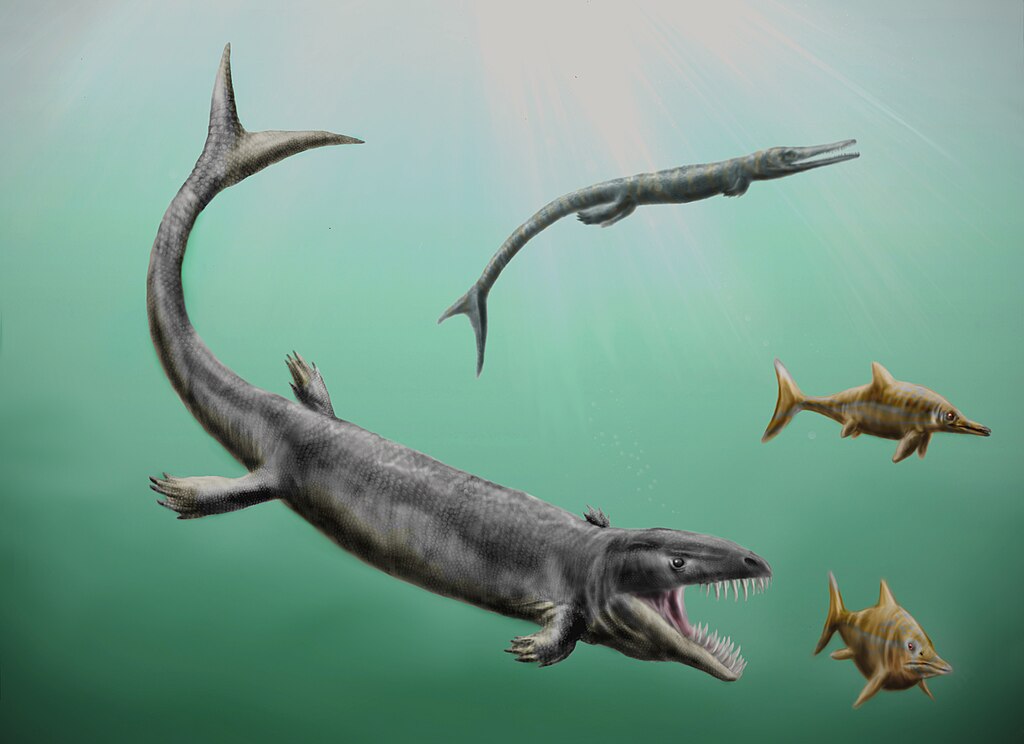
The scenario of dinosaurs becoming aquatic represents a fascinating exercise in alternative evolutionary history. While we can never know exactly how such adaptations might have unfolded, examining the possibility helps us better understand evolutionary processes, ecological relationships, and the contingent nature of life’s history on Earth. In reality, birds remain the only living dinosaur descendants, having followed their remarkable evolutionary path through the skies rather than the seas. Nevertheless, contemplating how differently things might have turned out enriches our appreciation for the complex and often chance-driven nature of evolution that has shaped our world’s magnificent biodiversity.




